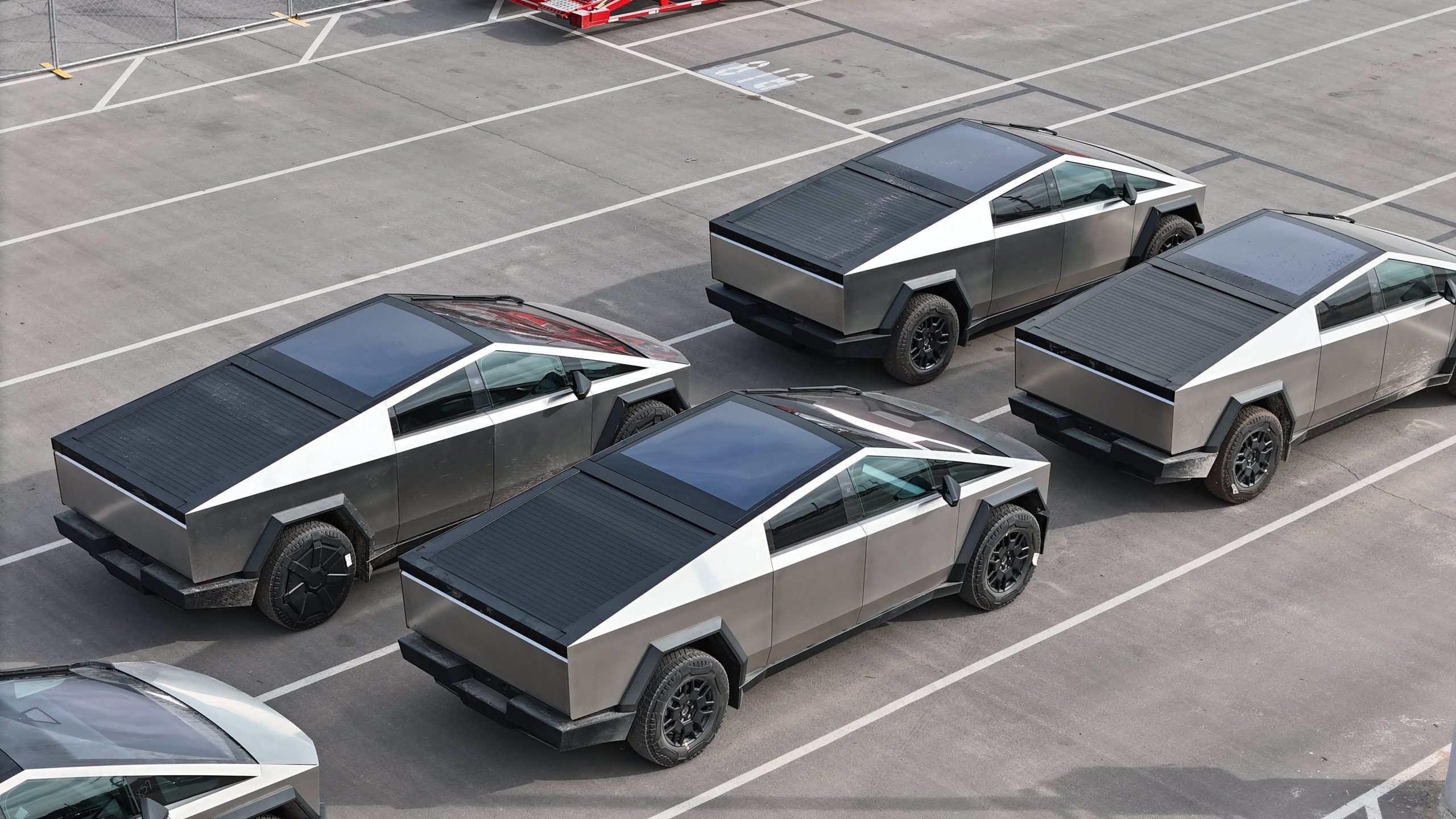
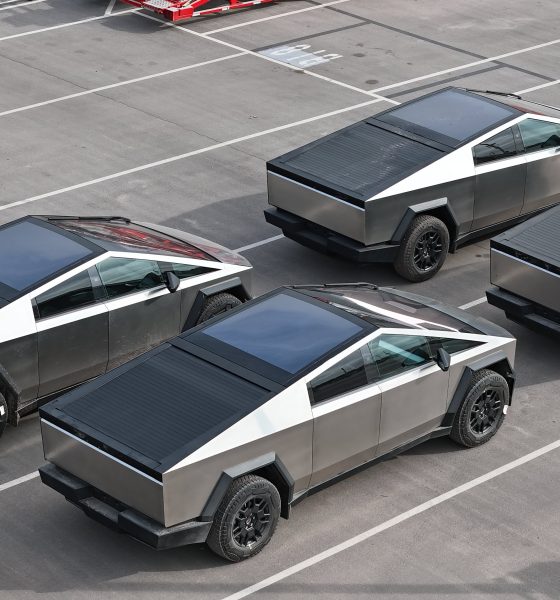
News
Elon Musk says Tesla Cybertruck launch will be ‘biggest on Earth this year’
Tesla CEO Elon Musk has predicted that the Tesla Cybertruck launch will be bigger than any other product launch in the world this year, ahead of the delivery event set to take place on Thursday.
Musk appeared for an almost-90-minute interview with reporter Andrew Ross Sorkin for the New York Times 2023 Dealbook Summit on Wednesday, during which the two talked about subjects ranging from Tesla and SpaceX to artificial intelligence (AI), the ongoing Israel-Hamas conflict, free speech and more.
During the conversation, Musk predicted that the Thursday Cybertruck launch would be “by far” this year’s largest product launch, adding that he’s done “more than any human on Earth” for the environment by selling electric vehicles (EVs).
“[The Cybertruck event] will be the biggest product launch of anything by far on Earth this year,” Musk said during the summit. “Whether you hate me, like me or are indifferent, do you want the best car or not the best car?”
Tesla Cybertruck official webpage updated with delivery event countdown
Musk and Sorkin also discussed several other topics surrounding Tesla, including the company’s Full Self-Driving (FSD) beta. When pressed on how his companies were handling the competition, Musk noted that his companies aren’t intended to be competitive, highlighting how Tesla has even open-sourced its patents so other companies can use them.
Near the end of the conversation, Sorkin also asked Musk about the safety of autonomous vehicles, and when computer-driven vehicles would be “politically palatable” for the public.
“First of all, humans are terrible drivers,” Musk said. “So they will text and drive, drink and drive, they get into arguments. They, you know. They do all sorts of things in cars that they should not do.”
“So it’s actually remarkable that there are not more deaths than there are,” Musk added.
“What we’ll find with computer driving is, I think, probably an order of magnitude reduction in deaths. The U.S. has actually far fewer deaths per capita than the rest of the world. If you go worldwide, I think there’s something close to a million deaths per year due to automotive accidents. So I think computer driving will probably drop that by 90 percent or more? It won’t be perfect, but it’ll be 10 times better.”
“The self driving thing is something I’ve been optimistic about,” Musk added. “We’ve certainly made a lot of progress. If anybody has tried the has been using the sort of full self driving beta, the progresses you know, every year has been substantial. It’s really not the point where in most places, it’ll take you from one place to another with no interventions.”
“And the data is unequivocal that that supervised, Full Self-Driving is somewhere around four times safer. Maybe more than than just be human driving by by themselves. So I can certainly see it coming.”
Other topics surrounding Tesla included Musk’s prediction that the Model Y will become the world’s best-selling car this year, how much the CEO appreciates Chinese automakers, regulations on his companies and more. When asked if he thought full autonomy was another five or ten years away, Musk said “definitely not.”
Musk also disccused the recent decision from the UAW to launch union campaigns at Tesla and other automakers, saying that “if Tesla gets unionized, it will be because we deserve it and we failed in some way.”
You can watch Musk’s full interview at the New York Times Dealbook Summit below, featuring discussions on Tesla, the Chinese auto market, the U.S. political climate and much, much more.
Watch the live interview of Elon Musk from the DealBook Summit in New York. @andrewrsorkin will ask about Musk’s latest trip to Israel and the future of the tech billionaire's business empire. https://t.co/Oz2xeBlU65
— DealBook (@dealbook) November 29, 2023
What are your thoughts? Let me know at zach@teslarati.com, find me on X at @zacharyvisconti, or send your tips to us at tips@teslarati.com.

News
Tesla (TSLA) receives “Buy” rating and $551 PT from Canaccord Genuity
He also maintained a “Buy” rating for TSLA stock over the company’s improving long-term outlook, which is driven by autonomy and robotics.
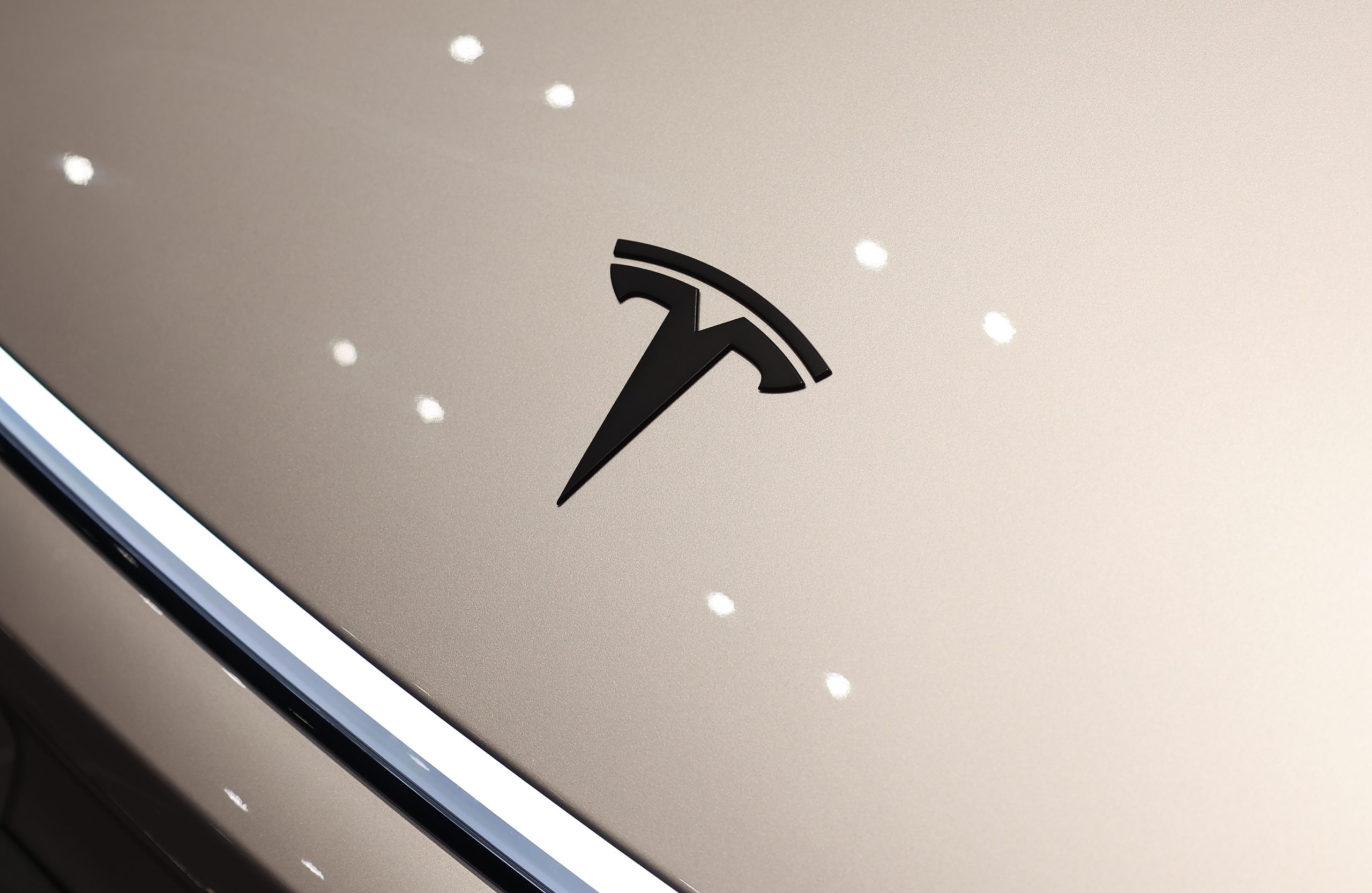
Canaccord Genuity analyst George Gianarikas raised his Tesla (NASDAQ:TSLA) price target from $482 to $551. He also maintained a “Buy” rating for TSLA stock over the company’s improving long-term outlook, which is driven by autonomy and robotics.
The analyst’s updated note
Gianarikas lowered his 4Q25 delivery estimates but pointed to several positive factors in the Tesla story. He noted that EV adoption in emerging markets is gaining pace, and progress in FSD and the Robotaxi rollout in 2026 represent major upside drivers. Further progress in the Optimus program next year could also add more momentum for the electric vehicle maker.
“Overall, yes, 4Q25 delivery expectations are being revised lower. However, the reset in the US EV market is laying the groundwork for a more durable and attractive long-term demand environment.
“At the same time, EV penetration in emerging markets is accelerating, reinforcing Tesla’s potential multi‑year growth runway beyond the US. Global progress in FSD and the anticipated rollout of a larger robotaxi fleet in 2026 are increasingly important components of the Tesla equity story and could provide sentiment tailwinds,” the analyst wrote.
Tesla’s busy 2026
The upcoming year would be a busy one for Tesla, considering the company’s plans and targets. The autonomous two-seat Cybercab has been confirmed to start production sometime in Q2 2026, as per Elon Musk during the 2025 Annual Shareholder Meeting.
Apart from this, Tesla is also expected to unveil the next-generation Roadster on April 1, 2026. Tesla is also expected to start high-volume production of the Tesla Semi in Nevada next year.
Apart from vehicle launches, Tesla has expressed its intentions to significantly ramp the rollout of FSD to several regions worldwide, such as Europe. Plans are also underway to launch more Robotaxi networks in several more key areas across the United States.
News
Waymo sues Santa Monica over order to halt overnight charging sessions
In its complaint, Waymo argued that its self-driving cars’ operations do not constitute a public nuisance, and compliance with the city’s order would cause the company irreparable harm.
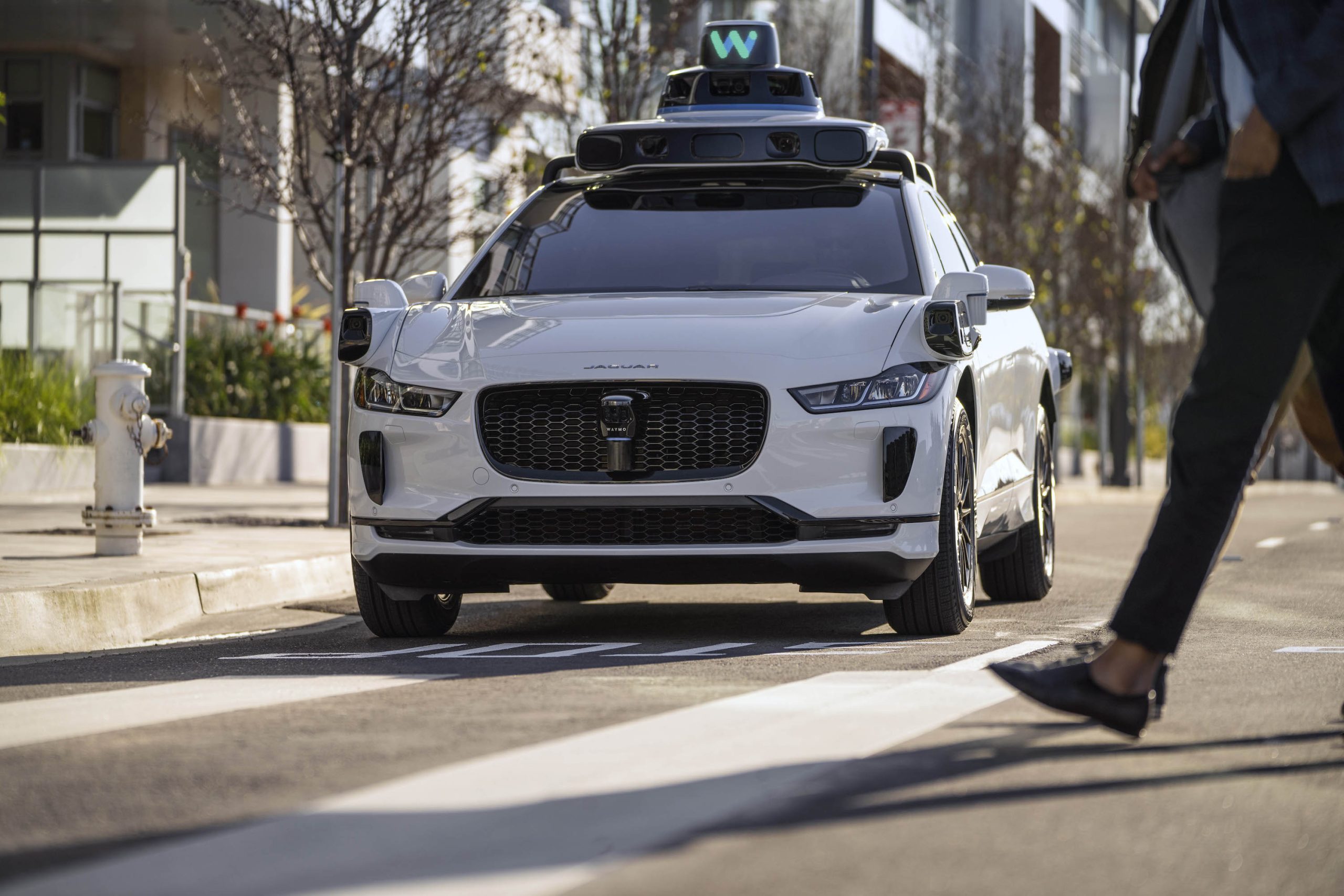
Waymo has filed a lawsuit against the City of Santa Monica in Los Angeles County Superior Court, seeking to block an order that requires the company to cease overnight charging at two facilities.
In its complaint, Waymo argued that its self-driving cars’ operations do not constitute a public nuisance, and compliance with the city’s order would cause the company irreparable harm.
Nuisance claims
As noted in a report from the Los Angeles Times, Waymo’s two charging sites at Euclid Street and Broadway have operated for about a year, supporting the company’s growing fleet with round-the-clock activity. Unfortunately, this has also resulted in residents in the area reportedly being unable to sleep due to incessant beeping from self-driving taxis that are moving in and out of the charging stations around the clock.
Frustrated residents have protested against the Waymos by blocking the vehicles’ paths, placing cones, and “stacking” cars to create backups. This has also resulted in multiple calls to the police.
Last month, the city issued an order to Waymo and its charging partner, Voltera, to cease overnight operations at the charging locations, stating that the self-driving vehicles’ activities at night were a public nuisance. A December 15 meeting yielded no agreement on mitigations like software rerouting. Waymo proposed changes, but the city reportedly insisted that nothing would satisfy the irate residents.
“We are disappointed that the City has chosen an adversarial path over a collaborative one. The City’s position has been to insist that no actions taken or proposed by Waymo would satisfy the complaining neighbors and therefore must be deemed insufficient,” a Waymo spokesperson stated.
Waymo pushes back
In its legal complaint, Waymo stated that its “activities at the Broadway Facilities do not constitute a public nuisance.” The company also noted that it “faces imminent and irreparable harm to its operations, employees, and customers” from the city’s order. The suit also stated that the city was fully aware that the Voltera charging sites would be operating around the clock to support Waymo’s self-driving taxis.
The company highlighted over one million trips in Santa Monica since launch, with more than 50,000 rides starting or ending there in November alone. Waymo also criticized the city for adopting a contentious strategy against businesses.
“The City of Santa Monica’s recent actions are inconsistent with its stated goal of attracting investment. At a time when the City faces a serious fiscal crisis, officials are choosing to obstruct properly permitted investment rather than fostering a ‘ready for business’ environment,” Waymo stated.
News
Tesla FSD v14.2.2 is getting rave reviews from drivers
So far, early testers have reported buttery-smooth drives with confident performance, even at night or on twisty roads.
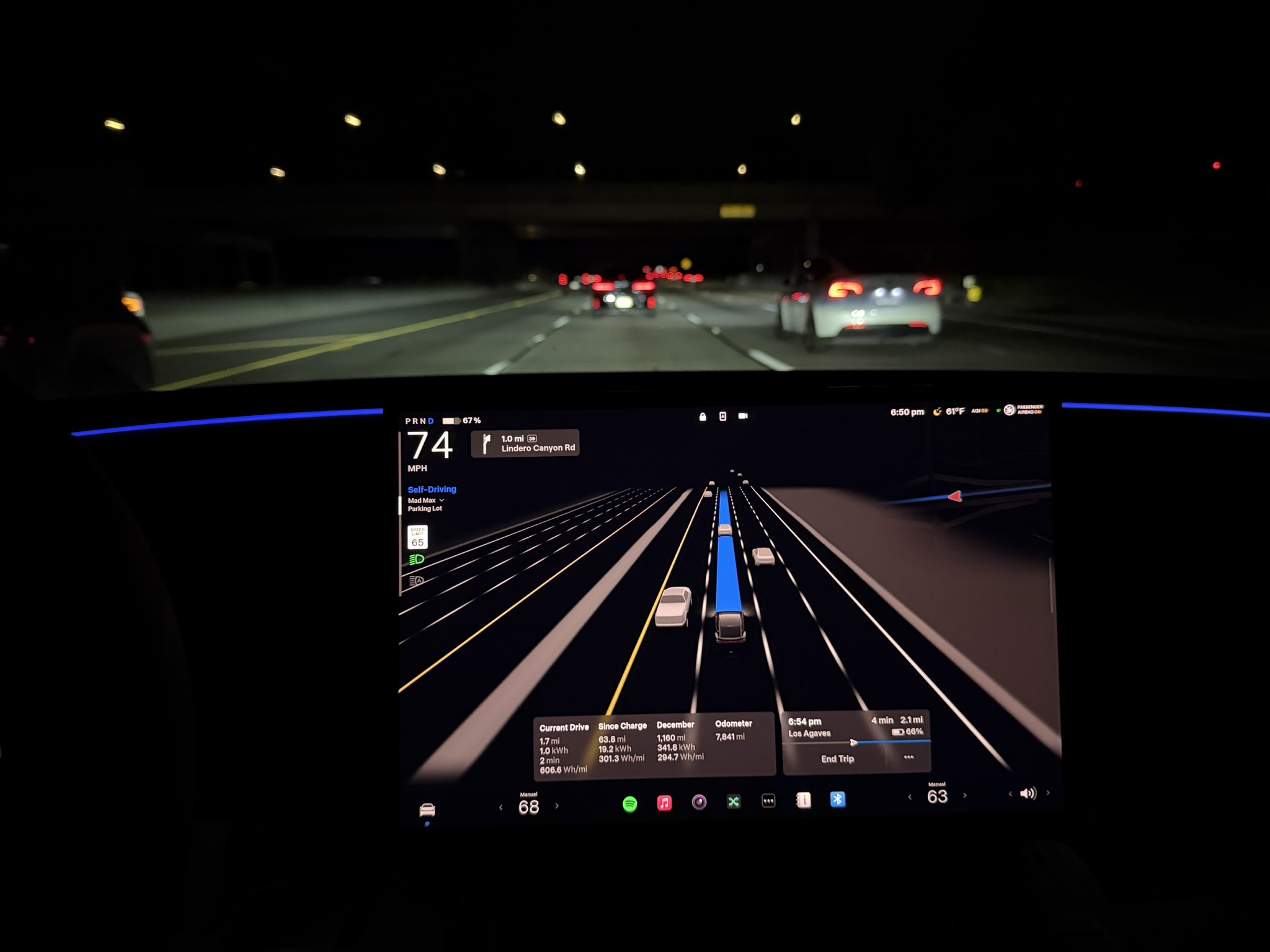
Tesla Full Self-Driving (Supervised) v14.2.2 is receiving positive reviews from owners, with several drivers praising the build’s lack of hesitation during lane changes and its smoother decision-making, among others.
The update, which started rolling out on Monday, also adds features like dynamic arrival pin adjustment. So far, early testers have reported buttery-smooth drives with confident performance, even at night or on twisty roads.
Owners highlight major improvements
Longtime Tesla owner and FSD user @BLKMDL3 shared a detailed 10-hour impression of FSD v14.2.2, noting that the system exhibited “zero lane change hesitation” and “extremely refined” lane choices. He praised Mad Max mode’s performance, stellar parking in locations including ticket dispensers, and impressive canyon runs even in dark conditions.
Fellow FSD user Dan Burkland reported an hour of FSD v14.2.2’s nighttime driving with “zero hesitations” and “buttery smooth” confidence reminiscent of Robotaxi rides in areas such as Austin, Texas. Veteran FSD user Whole Mars Catalog also demonstrated voice navigation via Grok, while Tesla owner Devin Olsen completed a nearly two-hour drive with FSD v14.2.2 in heavy traffic and rain with strong performance.
Closer to unsupervised
FSD has been receiving rave reviews, even from Tesla’s competitors. Xpeng CEO He Xiaopeng, for one, offered fresh praise for FSD v14.2 after visiting Silicon Valley. Following extended test drives of Tesla vehicles running the latest FSD software, He stated that the system has made major strides, reinforcing his view that Tesla’s approach to autonomy is indeed the proper path towards autonomy.
According to He, Tesla’s FSD has evolved from a smooth Level 2 advanced driver assistance system into what he described as a “near-Level 4” experience in terms of capabilities. While acknowledging that areas of improvement are still present, the Xpeng CEO stated that FSD’s current iteration significantly surpasses last year’s capabilities. He also reiterated his belief that Tesla’s strategy of using the same autonomous software and hardware architecture across private vehicles and robotaxis is the right long-term approach, as it would allow users to bypass intermediate autonomy stages and move closer to Level 4 functionality.








